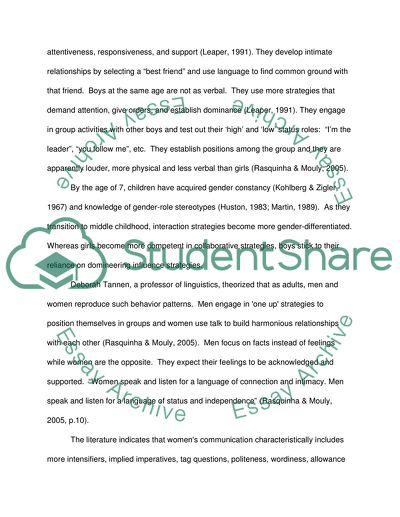Cite this document
(Understanding the Root of the Gender War in Communication Essay, n.d.)
Understanding the Root of the Gender War in Communication Essay. Retrieved from https://studentshare.org/social-science/1558464-communicating-effectively
Understanding the Root of the Gender War in Communication Essay. Retrieved from https://studentshare.org/social-science/1558464-communicating-effectively
(Understanding the Root of the Gender War in Communication Essay)
Understanding the Root of the Gender War in Communication Essay. https://studentshare.org/social-science/1558464-communicating-effectively.
Understanding the Root of the Gender War in Communication Essay. https://studentshare.org/social-science/1558464-communicating-effectively.
“Understanding the Root of the Gender War in Communication Essay”. https://studentshare.org/social-science/1558464-communicating-effectively.


